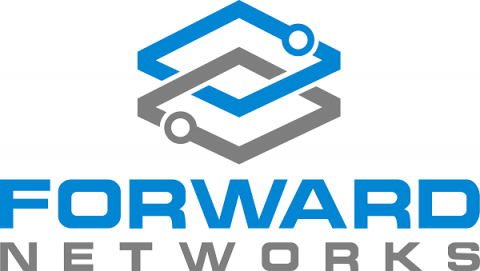Managing NERC CIP Patching Process With Tripwire Enterprise and Tripwire State Analyzer
One of the hardest parts of managing an organization’s cybersecurity is patch management. Just as one patch cycle is completed, another set of patches are released. When compounded with the highly regulated energy industry, governed by the NERC CIP Standards, the task becomes even more daunting. Fortunately, Fortra’s Tripwire Enterprise (TE) and Tripwire State Analyzer (TSA) can ease the process.











